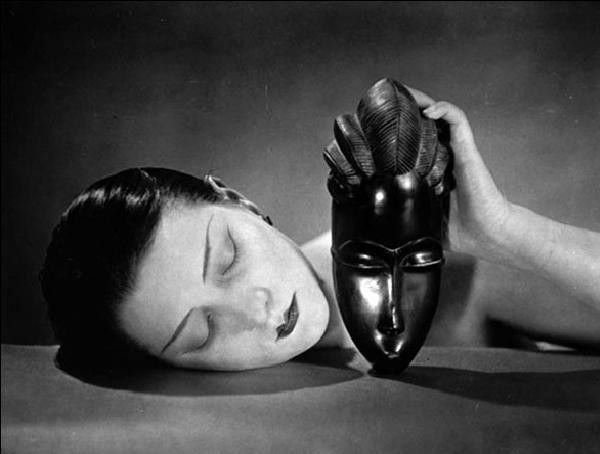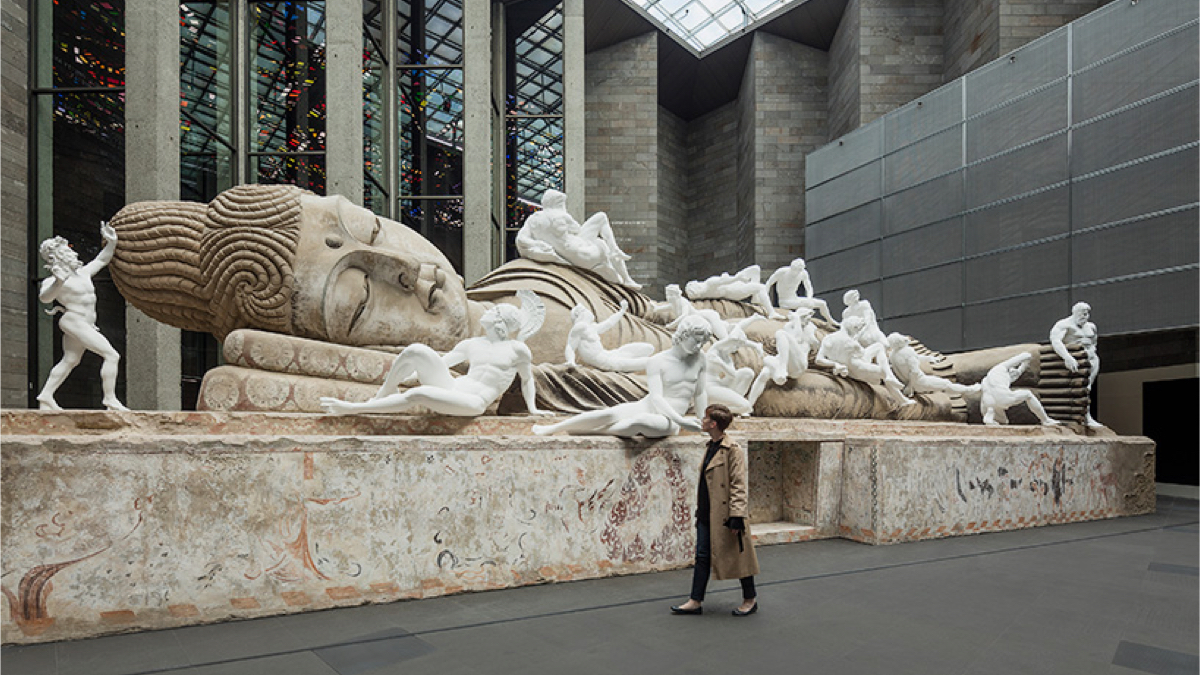A Short Guide to Symbolism
“A work of art should primarily be “idealist”, as its sole ideal is the expression of an idea; secondly it should be symbolist as it expresses this idea in a form; thirdly it will be synthetic as it will express its forms and signs according to a mode by which it will be generally understood; fourthly it will be subjective as the object will never be considered as an object as such, but as a sign perceived by the subject; and fifthly the work of art must be decorative.” Gabriel-Albert Aurier, Mercure de France, 1891.
Symbolism was born out of a reaction against naturalism. Appearing during the
revolution in the 19th century, Symbolism rejected any rationality and stood in opposition to the technical and scientific modernity of the times. Revisiting certain aspects of Romanticism, symbolism claimed a share in the aesthetic ideas of Baudelaire and Wagner. Verlaine was the acknowledged leader of the movement. Nevertheless it was the poet Jean Moréas who published the Symbolist Manifesto in the French newspaper Figaro on 18 September 1886. “Enemy of didacticism, declamation, false sensitivity, and objective description, symbolic poetry seeks to cloth the idea in a sensitive form which nevertheless is not in itself the objective but which; while serving to express the idea, would remain the subject”. Jean Moréas.
Symbolism is characterised by an intensification of the relation between the arts. In Symbolist painting allegory is poetic and possesses virtually a literary essence. With regard to Symbolist poems, the subject evoked is often very visual, almost like a painting. Symbolist poets wrote very metaphorically, attributing a symbolic meaning to images and objects. In this art, portraits of nature and scenes of life were tangible representations intended to show their esoteric affinities with fundamental concepts.
In contrast to impressionism, this movement rejects nature as a source of inspiration. Symbolist painting does not appeal to the human eye but to the imagination. These pictorial compositions reflect the spirit, an inner and particular psychic world.
In order to understand Symbolism, we must look at Mallarmé and Alfred Jarry. Resulting from a crisis of values as well as that of language itself, Symbolism did not arise from a collective effort but rather was the pooling of ideas of individual artists. There were many theories associated with Symbolism but many of the same ideas are frequently encountered: hermiticism, reference to music, evocative magic, mythology, mysticism and and a certain religious atmosphere.
In painting, there is a certain connection between Romanticism and Symbolism in various regards, but the two movements are very distinct. Romantic art is impulsive, wild and rebellious whereas Symbolist painting is static and hieratic, almost liturgical.
Gustave Moreau and Pierre Puvis de Chavannes were part of the first generation of French Symbolists.
Gustave Moreau, Oedipe et le Sphynx, 1864
Pierre Puvis de Chavanne, Marie-Madeleine dans le désert, 1869
Odilon Redon and Eugène Carrière were later representatives of the movement .
Odilon Redon, Naissance de Vénus, 1912
Eugène Carrière, femme allongée
In England, the movement known as the Pre-Raphaelites, as represented by the painters Rossetti and Millais, can also be considered to be Symbolist by virtue of their rejection of historical reality in favor of and idealist vision of mankind.
Dante Gabriel Rossetti, Lady Lilith, 1866-1868
John Everett Millais, Ophelia, 1851
Symbolism was also present in Germany and Switzerland via artists such as Max Kingler, Arnold Böcklin et Ferdinand Hodler.
Arnold Böcklin, Medusa, 1887
The symbolist artists will try to reach an idealism through the use of symbols. The mind and emotions will dominate representation. Feelings and imagination will be favored in an ideal world expressed by symbolism, a world that goes beyond appearances.

About Artsper
Founded in 2013, Artsper is an online marketplace for contemporary art. Partnering with 1,800 professional art galleries around the world, it makes discovering and acquiring art accessible to all.
Learn more













